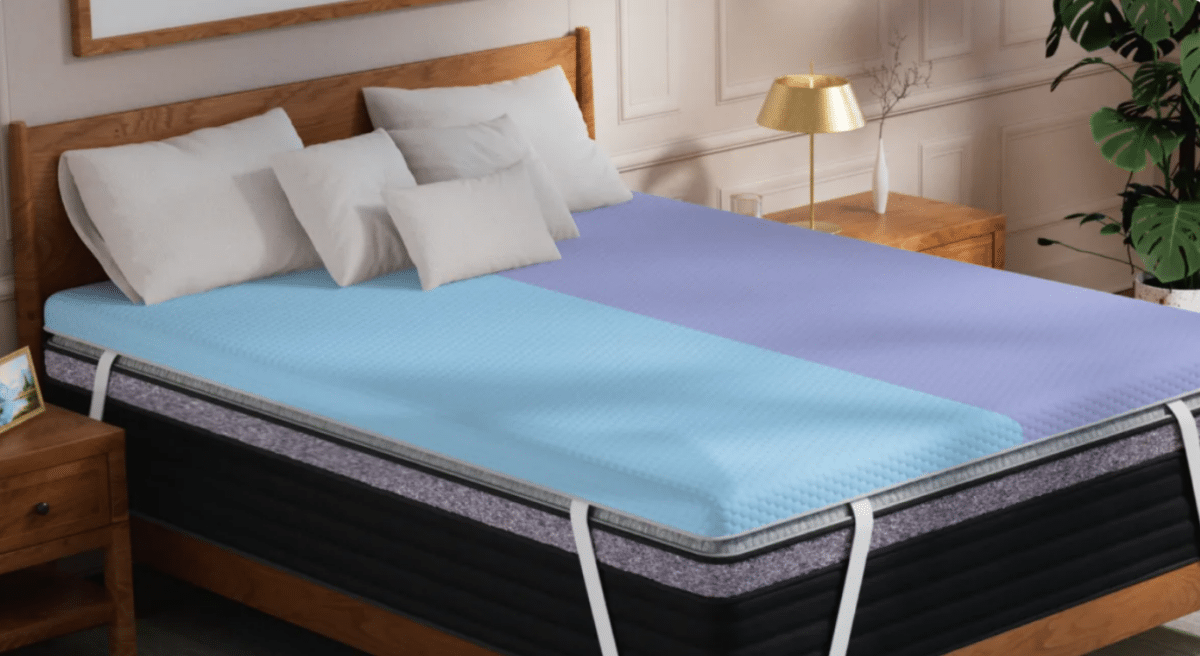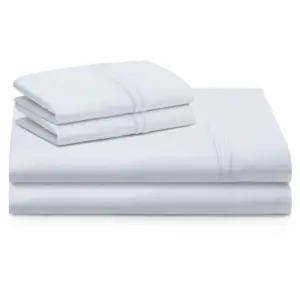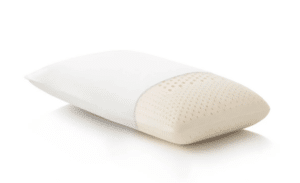The Ultimate Guide to How Tariffs Affect the Mattress Industry
Understanding how tariffs affect the mattress industry is increasingly important for consumers and businesses alike, especially as global trade dynamics continue to evolve. Tariffs can lead to a wide range of significant changes that impact pricing, consumer choices, and domestic manufacturing. In this guide, we will delve into the various effects of tariffs on the mattress industry, equipping you with the knowledge necessary to navigate this complex landscape.
How Tariffs Reshape the Mattress Market
Increased Costs for Consumers
One of the most immediate effects of tariffs is the increased cost of imported materials and finished mattresses. As tariffs raise the price of imports, manufacturers often pass these additional costs onto consumers. This can lead to higher retail prices, making it essential for consumers to consider the financial implications of their mattress choices.
For example, when tariffs were imposed on Chinese-made mattresses, prices increased significantly, making it more challenging for consumers to find affordable options. This price hike can lead to a shift in purchasing behavior, with some consumers opting for lower-quality alternatives or delaying their mattress purchases altogether.
Market Disruption
Tariffs can disrupt existing supply chains, prompting manufacturers to find alternative sources for materials or finished products. This can lead to instability in the market, as sudden cost increases may affect production schedules and timelines. Companies may need to prioritize sourcing materials from countries with lower tariffs, which can add complexity to their operations.
In response to these challenges, manufacturers are increasingly looking to relocate their production to countries like Vietnam and Mexico. By diversifying their sourcing strategies, companies aim to mitigate tariff-related disruptions and keep prices stable for consumers.
Boosting Domestic Industries
Higher tariffs on imported mattresses often create an unexpected benefit for domestic manufacturers. As imported products become more expensive, U.S. manufacturers may see a surge in demand as consumers look for more competitively priced alternatives. This trend not only fosters growth in local industries but also plays a role in protecting American jobs from the competitive pressure of foreign imports.
However, it’s worth noting that while tariffs can protect domestic jobs, they may also lead to increased prices for consumers. As such, the balance between protecting local industries and maintaining affordable options for consumers becomes a delicate dance.
The Historical Context of Tariffs in the Mattress Industry
Key Events Shaping the Landscape
The mattress industry has been significantly influenced by various tariff events, particularly those related to international trade tensions. In 2019, the U.S. government imposed tariffs on Chinese-made mattresses that reached as high as 1,731%. This move aimed to counter what was perceived as unfair trade practices by China, particularly the dumping of low-cost products that threatened domestic manufacturers.
The consequences of these tariffs were swift, with Chinese manufacturers diverting shipments to other countries to evade the steep costs. This led to a complex web of global supply chain adjustments, forcing American companies to rethink their sourcing strategies and production logistics.
Recent Developments in Trade Policy
Under the Biden administration, there has been a notable shift in the approach to tariffs and international trade policy. While maintaining some existing tariffs, the administration has also sought to engage in diplomatic efforts to ease trade tensions. This has sparked a new wave of negotiations aimed at balancing the need to protect domestic industries alongside fostering healthy international trade relationships.
As companies pivot to consider alternate production locations, the emphasis on local manufacturing has gained traction. Such strategies not only help safeguard against tariff impacts but also bolster local economies by creating jobs and increasing production capabilities.
Economic Implications of Tariffs
Impact on Consumer Behavior
Tariffs have far-reaching effects on consumer purchasing decisions, especially in the mattress market. As prices for mattresses rise due to the imposition of tariffs, consumers often feel the squeeze on their disposable income. A survey conducted by Furniture Today indicated that 87% of respondents anticipated price increases due to tariffs, which can dampen overall spending.
Higher prices can simultaneously pressure inflation rates, further complicating economic dynamics. Consumers may be reluctant to invest in new mattresses, resulting in a slowdown of market activity and potentially creating ripple effects in the economy.
Challenges and Opportunities for Companies
For mattress manufacturers, tariffs present both challenges and opportunities. While they can serve as a protective measure against foreign competition, they can also disrupt business operations and lead to increased expenses. Domestic manufacturers may find themselves in a position to harness this moment to innovate as they seek to remain competitive amidst rising costs.
To navigate these challenges effectively, companies must reevaluate their supply chains and consider diversifying sourcing strategies. Establishing production in countries with lower tariffs or developing contingency plans to respond to sudden tariff shifts can foster resilience amid fluctuating market conditions.
Strategies for Navigating Tariff Challenges
Adapting Supply Chains
To cope with the impact of tariffs, mattress companies are prioritizing smarter supply chain management. Some effective strategies include:
– Localization: By moving production closer to home, companies can evade certain tariffs and minimize shipping costs. This not only addresses tariff concerns but also enhances delivery efficiency for consumers.
– Exploring Alternative Markets: Sourcing from countries like Vietnam or Mexico helps keep costs manageable and maintains competitive pricing in the market.
– Rerouting Supply Chains: Businesses are creatively rerouting their manufacturing processes through third countries. By importing parts from one nation and assembling them elsewhere, companies can sidestep higher tariffs that impact direct imports.
Focus on Cost Management and Strategic Planning
Beyond reevaluating supply chains, effective cost management strategies are vital for businesses confronted with tariffs.
– Negotiating Supplier Deals: Companies are increasingly seeking favorable agreements with suppliers as a means of controlling operational costs.
– Long-term Strategic Planning: By investing in innovation and efficiency improvements, businesses can better position themselves to adapt to potential tariff changes, ensuring long-term sustainability amidst shifting economic landscapes.
Conclusion
Understanding how tariffs affect the mattress industry is crucial in today’s complex economic environment. With rising prices, market disruptions, and shifts toward domestic manufacturing, both consumers and companies must stay informed and adaptive.
At Yawnder, we aim to simplify this process by providing expert evaluations and insights into the mattress market. Whether you’re searching for American-made products to avoid tariffs or exploring budget-friendly options, our comprehensive resources empower you to make informed purchasing decisions.
Explore our curated selection of top sleep products today and find your perfect mattress amidst a landscape influenced by tariffs and trade dynamics. Staying informed is key to making wise investments in your sleep, and we’re here to support you every step of the way.


















